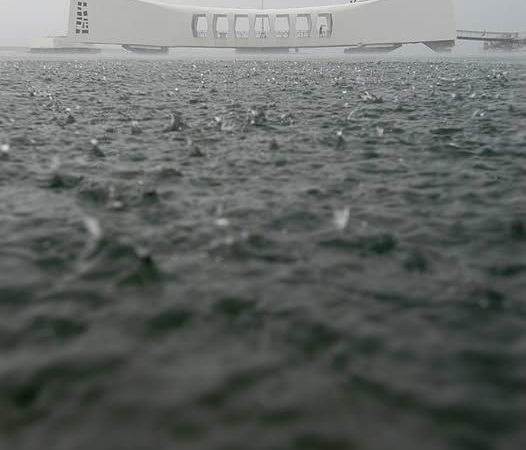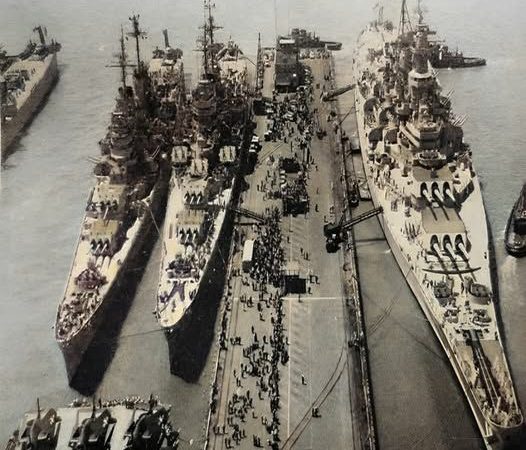USS Bataan (LHD 5): The Amphibious Assault Ship
The USS Bataan (LHD 5) is a Wasp-class amphibious assault ship that plays a pivotal role in the United States Navy’s amphibious warfare capabilities. Commissioned on September 20, 1997, the Bataan has been a cornerstone of amphibious operations, designed to project Marine Corps forces ashore by air and sea.
The USS Bataan is a multi-purpose warship capable of embarking, deploying, and landing elements of a Marine landing force in a variety of conditions. It measures over 844 feet (257 meters) in length, making it one of the largest amphibious ships in the U.S. Navy. The ship can carry a combination of helicopters, tilt-rotor aircraft like the MV-22 Osprey, and amphibious vehicles such as the LCAC (Landing Craft Air Cushion), making it highly versatile in assault operations.

Bataan also boasts a well deck for launching amphibious landing craft and a flight deck that supports both vertical and short takeoff/landing aircraft. This enables the ship to conduct amphibious assaults from the sea to shore and provide critical air support to ground forces. The ship’s air assets make it essential for not only assault missions but also humanitarian aid, disaster relief, and peacekeeping operations.
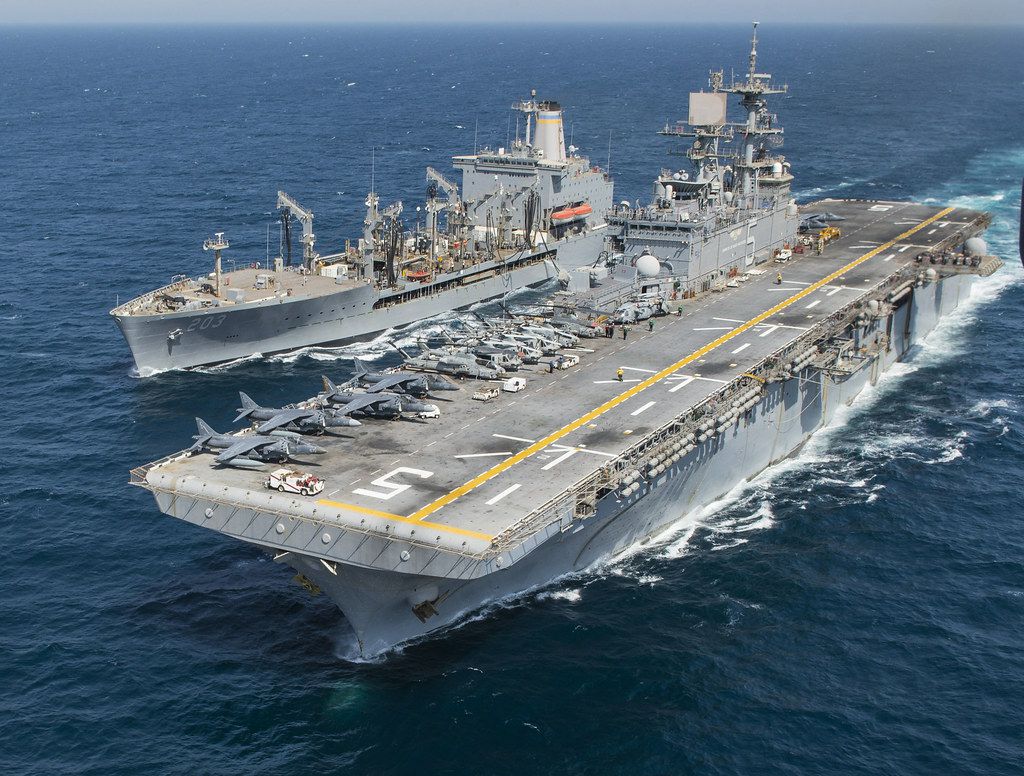
Since its commissioning, the USS Bataan has been deployed on numerous critical missions. It participated in Operation Enduring Freedom, Operation Iraqi Freedom, and various peacekeeping missions. In 2001, the Bataan was one of the first U.S. Navy ships to respond after the September 11 attacks, ready to support the Global War on Terrorism.
In addition to combat operations, the USS Bataan has played a vital role in humanitarian efforts. For example, in 2010, the Bataan was involved in relief efforts following the devastating earthquake in Haiti, providing medical aid and transport of supplies. This highlights the ship’s dual-purpose functionality — prepared for both combat and non-combat missions.
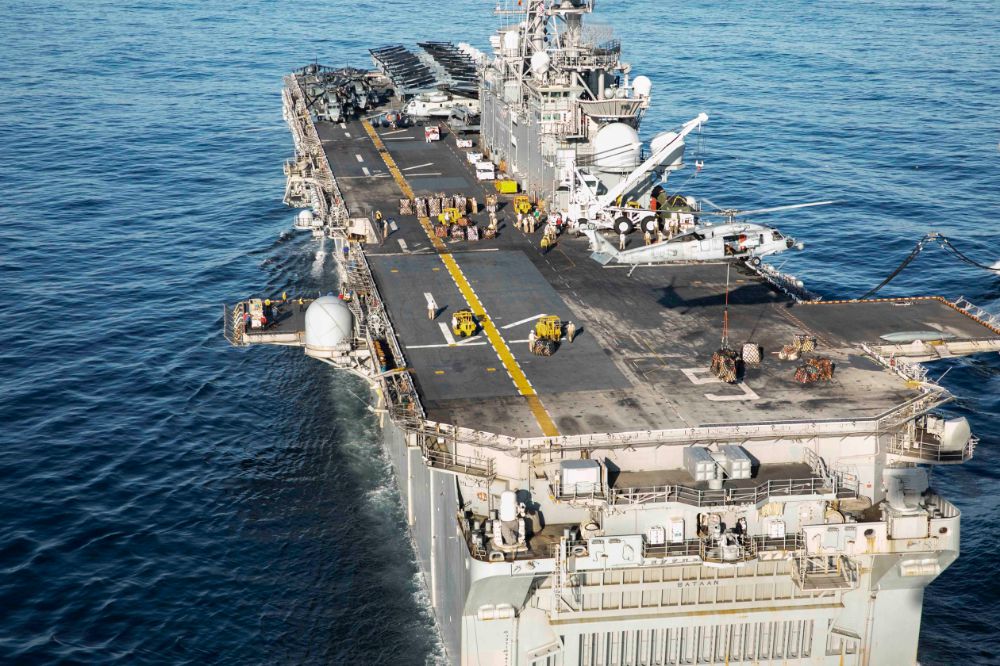
The USS Bataan typically carries around 1,200 Navy personnel and 1,900 Marines, giving it the capability to deploy a fully equipped Marine Expeditionary Unit (MEU). The ship is equipped with state-of-the-art communication and defense systems, including advanced radar and missile defense technologies. The medical facilities aboard the Bataan are among the most sophisticated of any Navy ship, with a 600-bed hospital and surgical suites to treat casualties during operations.
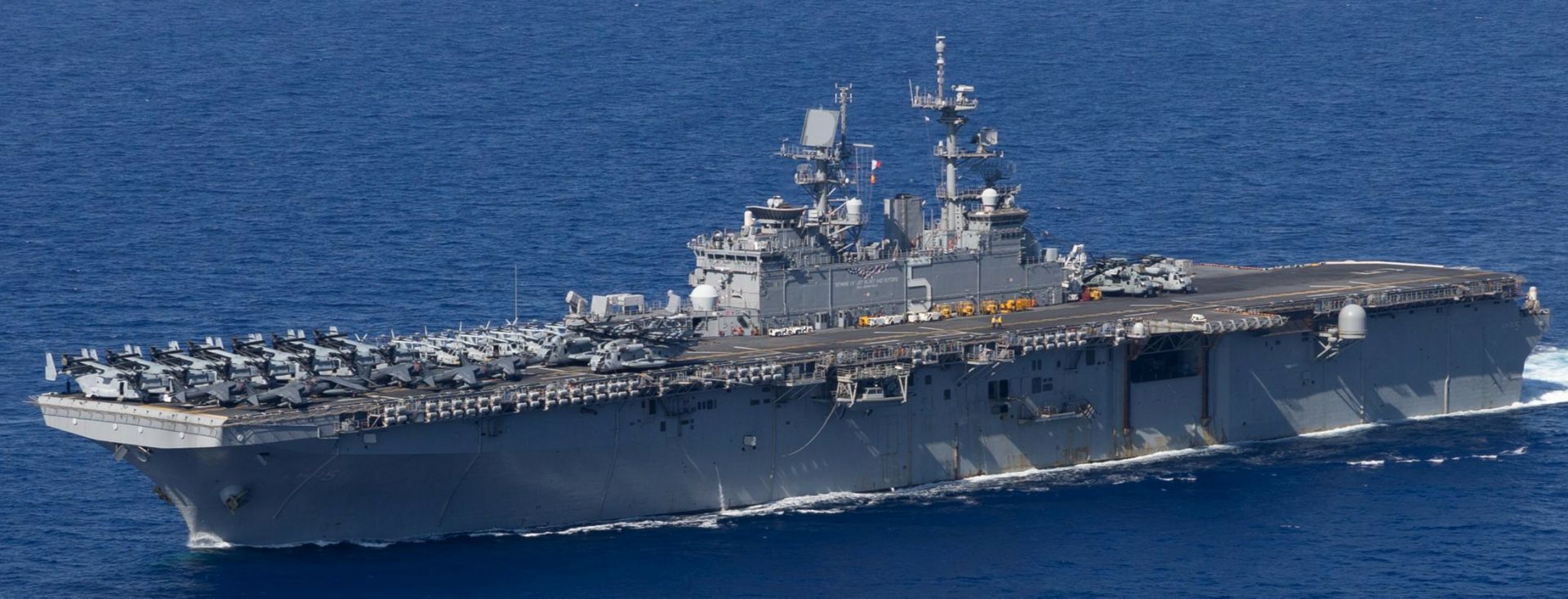
With evolving global threats, the USS Bataan continues to be a vital asset in ensuring the U.S. Navy and Marine Corps can rapidly project force wherever needed. The ship’s versatility, ability to carry a wide range of military assets, and adaptability to various missions make it indispensable in modern amphibious warfare.

In summary, the USS Bataan (LHD 5) stands as a testament to the enduring importance of amphibious assault ships in modern naval warfare. Its blend of firepower, adaptability, and humanitarian capability ensures that it will continue to be a key player in U.S. military operations for years to come.

